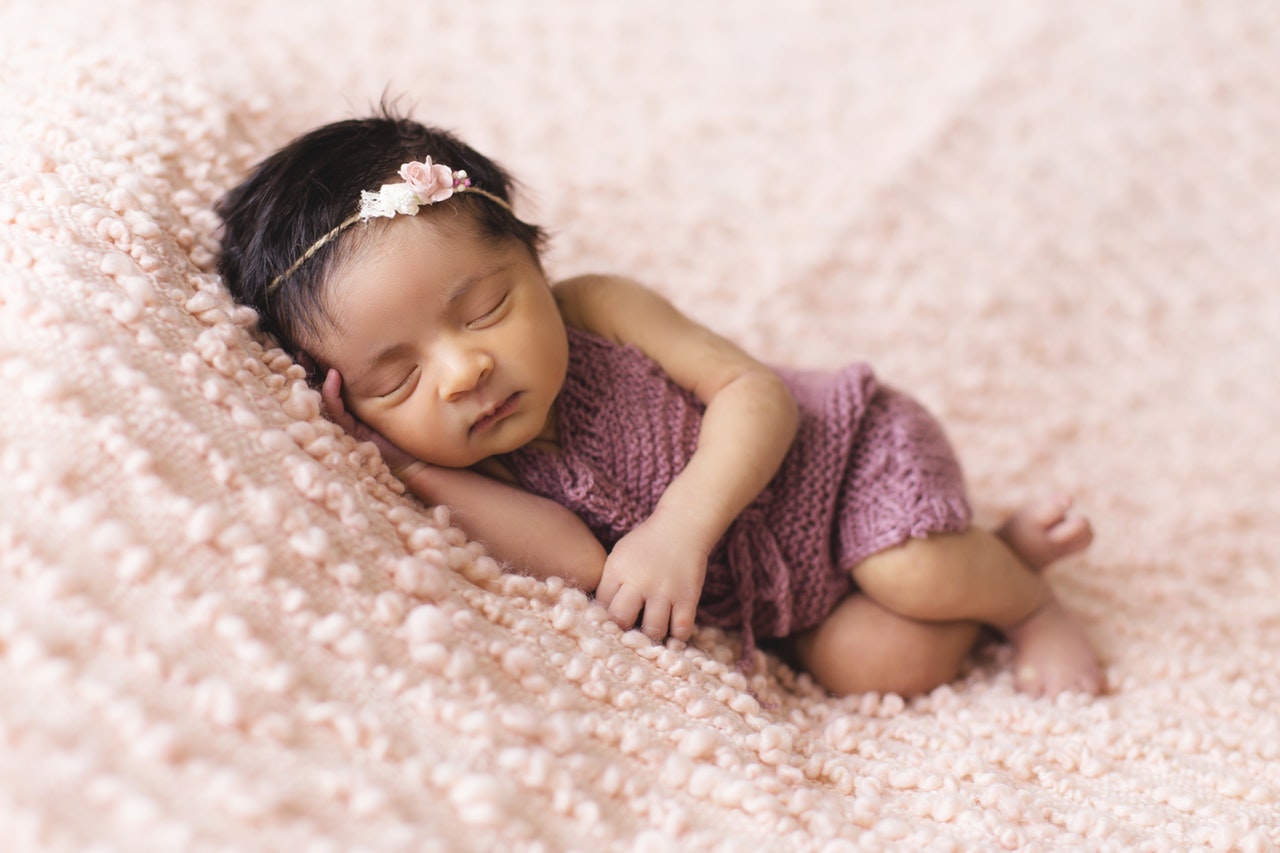The soft glow of a nightlight, the quiet hum of a humidifier, and the blissful sound of your baby sleeping — until a telltale sniff or a cautious peek reveals a wet or soiled diaper. Navigating a diaper change at night without fully waking your baby can feel like an art form. The trick is to keep things smooth, quick, and as low-impact as possible, so you both get back to sleep faster. Here’s how to do just that.
- Prepare Your Changing Station in Advance
A little prep work goes a long way. Having everything ready to go means you won’t be fumbling around in the dark.
- Gather your supplies:
- A fresh diaper (already unfolded).
- A few wipes pulled out in advance, or use a wipe warmer to reduce the cold shock.
- Diaper cream with the cap off, if needed.
- A small trash bag or diaper pail right next to you.
- A clean sleeper or onesie on standby in case things get messy.
- Set up the lighting:
- Use a dim nightlight or a red-light lamp. Red light is less likely to disrupt your baby’s melatonin production.
- Steer clear of overhead lights. They’re too bright and too stimulating.
- Choose a nearby changing spot:
- The closer to their crib or bassinet, the better. Whether it’s a changing table, a dresser with a pad, or even a pad on the floor, proximity helps keep things efficient.
- Use a soft, warm surface to avoid startling them with the cold.
- Assess the Situation Before You Act
Not every diaper needs an urgent change.
- Do a quick sniff and feel check:
- A light sniff or gentle pat can usually tell you what you’re dealing with.
- If it’s only a mildly wet diaper and your baby seems content, it might be okay to wait until morning — especially with older babies. For newborns, though, err on the side of changing.
- Prioritize poop diapers:
- These always need immediate attention to avoid rashes and discomfort.
- Handle Your Baby Gently and Quietly
How you move your baby matters just as much as what you do.
- Move slowly and speak softly:
- Sudden movements or noise can jolt them awake.
- Lift, don’t roll:
- Gently lift their legs by the ankles instead of rolling them side to side.
- Support their hips and transition them smoothly if you need to pick them up.
- Limit interaction:
- Keep talking to a minimum. A soft, “Just a quick change, sweetheart,” is fine. No need for chatter.
- Execute the Diaper Change Efficiently
This part’s all about being calm and quick.
- Unfasten before removing:
- Undo the tabs and fold down the front flap so you’re ready to slide it out cleanly.
- Clean with care:
- Use the front of the dirty diaper to swipe away the bulk, then fold it closed.
- Wipe gently from front to back. If using cold wipes, warm them briefly in your hands.
- Apply cream quickly if needed.
- Swap in the clean diaper:
- Slide the fresh one under their bottom, pull it up, and fasten the tabs snugly but not tightly.
- Dispose discreetly:
- Get that used diaper into the trash or pail right away to avoid lingering smells.
- Minimize Stimulation Post-Change
Once the new diaper is on, focus on settling them back to sleep.
- Avoid playful interaction:
- No tickling or chatting, tempting as it might be.
- Re-swaddle if applicable:
- If your baby sleeps swaddled, wrap them up again quickly. The familiar feel often soothes them right back down.
- Return to bed gently:
- Ease them back into their crib or bassinet. If they stir, try a soft pat or a quiet shushing sound.
- Personally, I always kept a pacifier nearby — just in case. It often helped settle things immediately.
- Consider Your Baby’s Sleep Cycle
Timing makes a difference.
- Look for natural stirrings:
- Babies naturally shift during sleep cycles. If they flutter their eyes or squirm a bit, that might be your best chance.
- Change during night feeds:
- If your baby wakes to feed, do the diaper change before or after feeding — whichever keeps them calmer. It might take some trial and error.
- For my baby, a quick change halfway through a feed often worked best. They’d finish eating and fall back asleep more easily.
With a bit of practice, you’ll get the hang of these sleepy diaper changes. Eventually, it’ll become just another part of your quiet nighttime routine — almost second nature. And hopefully, everyone gets back to sleep a little faster.





